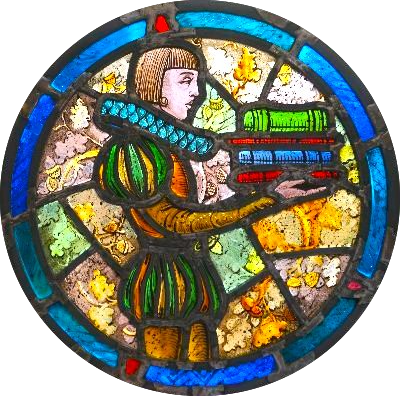The High School Library Media Center
A Perfect Place to Locate Local Cable Access Television Broadcasting
by David Di Gregorio – August 2003
Obtaining and setting up a cable access television station in your town may be easier than you think. Locating the broadcasting center in your high school library media center is wise because 1) it fits with its function 2) it is accessible to all departments 3) students can participate with guidance and support from staff and 4) it does not take up valuable classroom space. Students also have added opportunities to gain experience in broadcasting and communication on a technical, creative, ethical, artistic, and aesthetic level.
The first step in the process of obtaining cable access is to contact the person in town responsible for contracting with the cable company. Cable access, often written into the existing contract, can be achieved by working with the town, and the cable company, and should be taken advantage of. In our case, the cable company installed a connection with a direct audio and video input to a cable channel. Initially, the cable company gave us access to a shared channel. Eventually they gave us our own. Parents and residents at home tuned in their televisions and peered into the goings on in their high school! This was a thrill!
The access channel in itself costs nothing. And what comes in front of the A/V input does not have to be costly, and often some components are owned by the school already. For example, a computer loaded with PowerPoint connected to a scan converter (a device that changes computer video into “television” video) and “looping” the PowerPoint presentation makes for a professional looking electronic message board that can continuously broadcast, and of course, be updating. Connecting a camcorder or VCR directly into the A/V input enables live or recorded broadcasting. There is no limit as to how sophisticated and creative you can get with such a project. It can be built slowly and a beautiful connection of what can be very different worlds can be made through television.
We are now in our sixth year of broadcasting at Tenafly High School. We continuously hear positive feedback from parents and community. We started by running cable to a few classrooms, then the entire school, then as described we added community access. We built a studio in the center of our library which may sound absurd, but has proven to be a useful, multipurpose centerpiece, that is used for our daily broadcast during homeroom. The only students in the library at that time are those running the broadcast. An efficient use of space! For the studio, we added two Ikegami cameras donated by a local TV station. Since the studio is well-lit, it beautifully doubles as an art display area. We use our encyclopedia shelves as a useful as well as attractive backdrop. Live recordings and broadcasts of visiting guests speaking to students and/or parents in the library have been produced here.
Meanwhile, a one-time AV equipment storage room in the rear of the library has been slowly transformed into a combination TV control / media production head end. It is now filled with useful video equipment to include a donated Grass Valley switcher, several Ikegami TV monitors, Apple video editing suites, and our newest and perhaps most useful piece of equipment, an event scheduler made by Leightronix. This event scheduler (MVP-2000) enables us to stay on the air at all times by controlling the inputs and the VCRs attached to it. With a software interface, we easily write the schedule that includes multiple VCR / DVD / MPEG / playback. It’s a great unit, and was purchased by our home school association.
Why all the effort? The residents in our town have been informed by our electronic message board, and have watched talks and lectures given to students by teachers and guest speakers, have seen their children acting in plays, and will be promptly be alerted when there are snow days. And as a result of integrating our videoconferencing into this system, parents have watched their children conference with our US senator and congressman. Just recently we scheduled re-broadcasting our commencement exercises and many parents taped the event off air with their home VCRs. Busy parents can peek into the lives of their children, and useful conversation and encouragement can result. Residents supporting the school through taxes have a better idea of what it is about, and the school / community barrier has been bridged in part by a wise and intelligent use of television broadcasting. The whole project has been very satisfying. I would recommend such a project to all high school library media specialists!
About the Author: David Di Gregorio has an MA in Administration and Supervision from Montclair State University. He has been Tenafly High School’s library media specialist for eight years and has taught English. Before entering education, he held a variety of positions in the hospitality industry both in the US and abroad. He attends seminars for educators at the Aesthetic Realism Foundation in New York City and is very interested in learning more about this teaching methodology which is based on this statement by its founder, Eli Siegel: “The world, art, and self explain each other: each is the aesthetic oneness of opposites.”


